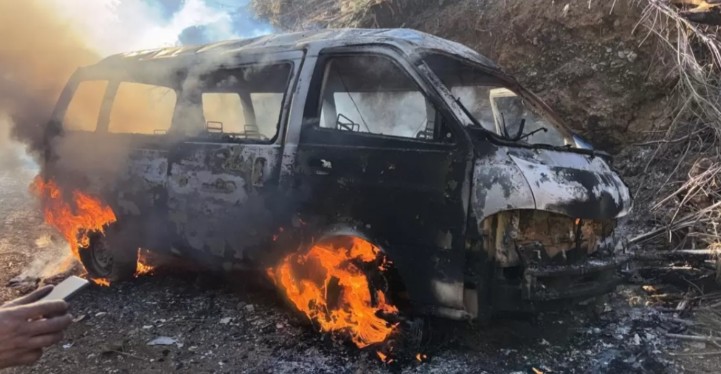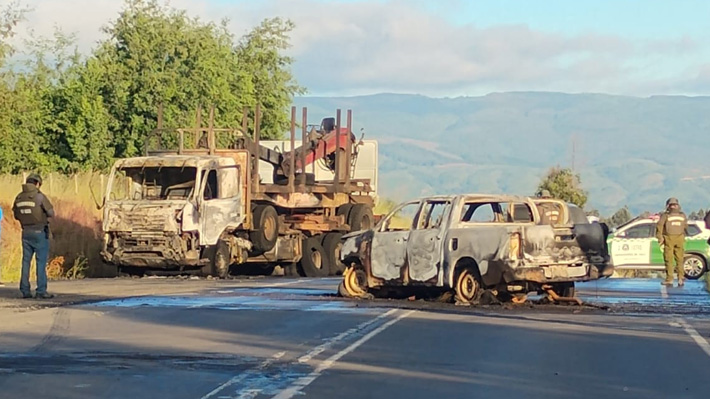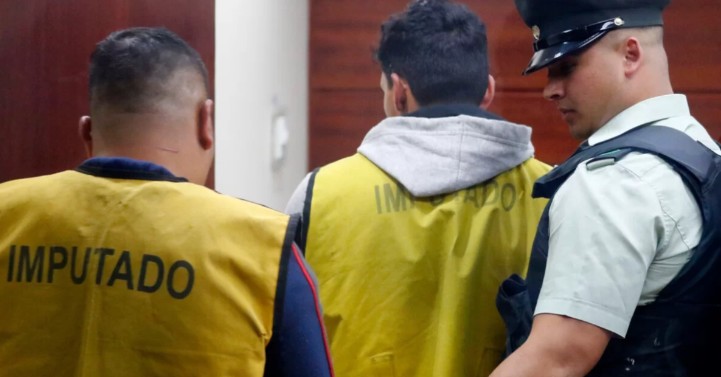Collaborative Work Carried Out to Preserve the Ancient Toromiro
After years of efforts to preserve the toromiro (Sophora toromiro), an endangered species on Easter Island, a new batch of small plants traveled from the Faculty of Agronomy at the University of Concepción, Chillán Campus, bound for Rapa Nui. The plants were taken to a CONAF nursery, where they began their adaptation process before reaching their permanent home.
A team of academics and researchers from the UdeC Faculty of Agronomy, led by Dr. Macarena Gerding, along with CONAF Rapa Nui staff and Dr. Jaime Espejo, a CMPC consultant, conducted research titled "Symbiotic Microorganisms for the Inoculation and Reestablishment of the Extinct Species in Rapa Nui: Sophora toromiro." This initiative launched efforts to preserve and reintroduce the toromiro.
"As the University of Concepción, we specifically participated in selecting microorganisms to accompany this species in its reestablishment in highly impoverished and degraded soils—a process we’ve been working on for over six years," said Gerding.
According to the expert, nitrogen-fixing bacteria were selected, and thanks to a project funded by the Vice-Rectory of Research and Development (VRID) at the University of Concepción, they were able to begin selecting mycorrhizal fungi and rhizospheric bacteria. These will provide additional nutrients such as phosphorus and potassium, as well as hormones and enzymes to promote root growth and plant tolerance to water stress.
This final stage involved the participation of academics Arturo Calderón and Leandro Paulino, researchers Pía Oyarzúa, Mauricio Sanz, Tamara Quezada, and undergraduate and graduate students from the UdeC Faculty of Agronomy.
"We selected microorganisms over two to three years and are now reestablishing the inoculated plants. We propagated them here in the UdeC Agronomy laboratories using seeds descended from the tree in the Viña del Mar Botanical Garden. These were inoculated in an inert substrate with their specific microbial consortium before being sent to Rapa Nui," explained Dr. Gerding.
Meanwhile, the regional director of SAG Ñuble, Osvaldo Alcayaga, emphasized: "First, we are proud as an institution to be part of this process, which aligns with SAG’s role in certifying shipments—in this case, agricultural products—to Easter Island. This ensures the island is protected from continental pests and diseases not present there. Today, we verified that the substrate and plants comply with current regulations."
Work on the Island
Efforts to preserve this species began in 1953 when Efraín Volosky collected seeds from the only remaining specimen on the island and sent them to the mainland. Some were taken to the National Botanical Garden of Chile in Viña del Mar. Of the seeds produced there, one hundred were germinated in 1992, yielding ninety-eight plants. Nine were sent to Easter Island, while the rest were distributed among Santiago, the University of Concepción, and the Austral University of Chile’s Arboretum for crossbreeding and seed production.
In this regard, Estefany Pate, nursery technician at Mataveri Otai Nursery in Rapa Nui, highlighted the importance of the work carried out.
"This is the final stage of the toromiro rescue project, which has yielded excellent results. We are grateful to all who contributed to this effort, now focused on receiving sixteen germinated seedlings. We collected soil from different island areas to prospect native grasses in search of fungi and bacteria needed to associate with the toromiro. On the island, we specifically surveyed the northern coast near Anakena and the descent of Ranukau," said Pate.
Meanwhile, Mauricio Sanz, a UdeC agronomist, noted: "This reforestation is important because the toromiro is part of Rapa Nui culture. It is an endemic and symbolic tree of the island and occupies a key ecological niche—nitrogen fixation, as it is a legume. Our goal now is to ensure these seedlings survive on the island despite poor soil quality and the lack of microorganisms. That’s why our earlier collection of mycorrhizal fungi and bacteria was crucial."
It is worth noting that the material collected in Rapa Nui and brought to the Chillán Campus for analysis was facilitated by the Agricultural and Livestock Service of that territory. Likewise, the seedlings transported from the university to the island were inspected and certified by SAG.
Source:diarioconcepcion.cl

















